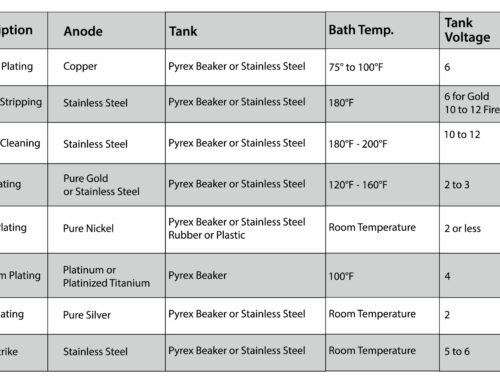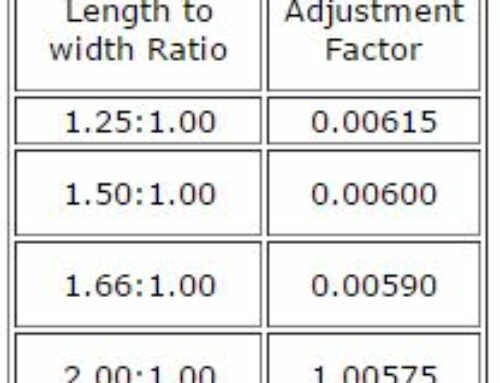This method of testing involves you applying acid to a small cut in the metal of the unknown piece you suspect of being some type of silver. You will test the metal you suspect of being silver by placing the acid directly on the metal; however this will dull the polishing and finish of the silver item and leave a mark where you test it since we also have to file a little into the metal. Therefore, we recommend that you test a very small portion of the silver on the back of the piece or some other inconspicuous place, or on a piece that has no aesthetic value or will be scrapped anyway. You should always be sure to ask for your customer’s permission before performing a destructive test on one of their items.
Tools Needed:
- A testing stone or other acid proof surface
- A jeweler’s file
- An optional jeweler’s loupe or other magnification device
- And silver testing acid
Step 1
Take the piece of unknown silver that you want to test and find an inconspicuous portion you want to test. Once you have identified where you want to test the metal, use your jeweler’s file to make a small cut in the metal. This will allow you to get through any silver plating and be able to accurately test the metal that makes up most of the piece.
Step 2
Position the silver item you want to test over a testing stone or other acid proof surface to keep any acid from dripping of the item and onto your table or yourself.
Step 3
Place a drop of acid on the object to be tested and observe the reaction. You may find that using a jeweler’s loupe or other magnification device will make it easier to see the small changes in acid color to read the test results accurately.
- If the item has a silver content of 90 to 100%, the acid will turn a light creamy color. The lighter the cream color is, the higher the silver content.
- If the item has a silver content between 77 and 90%, the acid will turn a gray color.
- If the item has a silver content between 65 and 75%, then the acid will turn a light green color.
- And if the acid turns very strongly green immediately with profuse bubbles, the item is not solid silver.





Leave A Comment